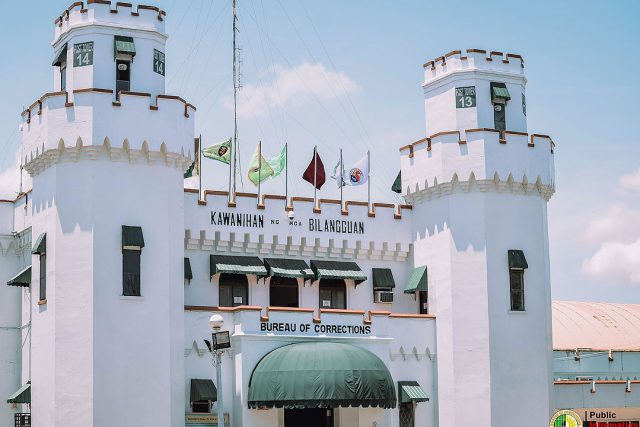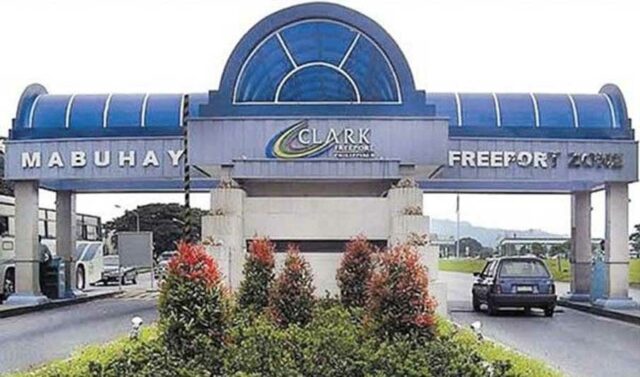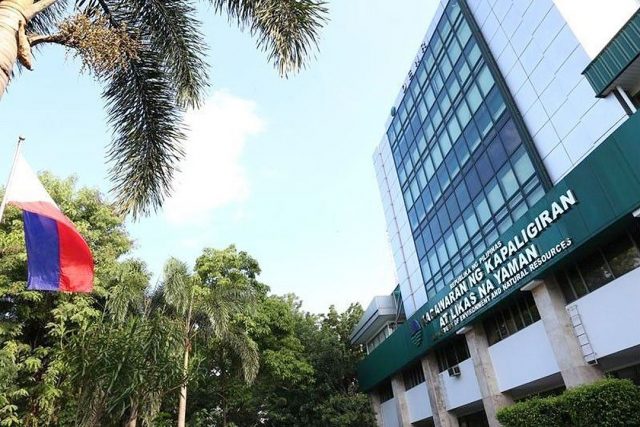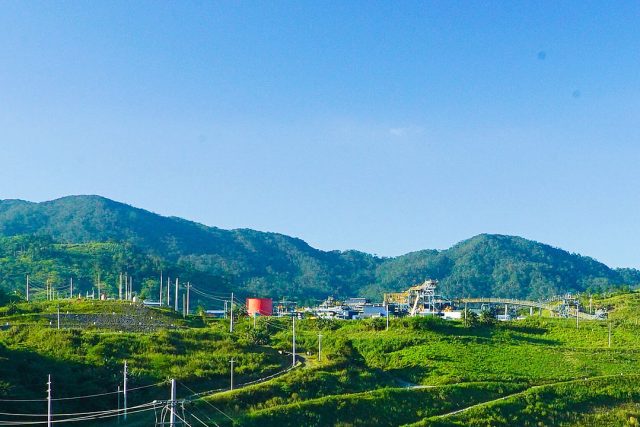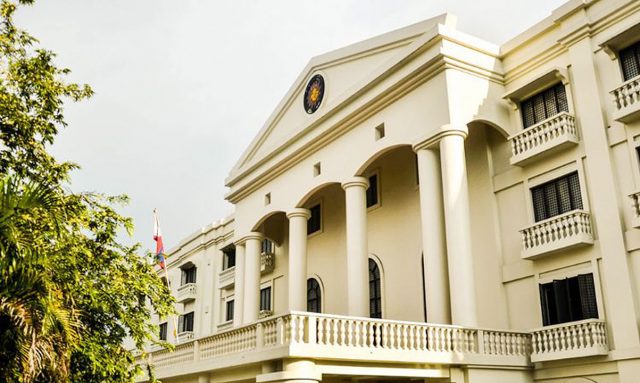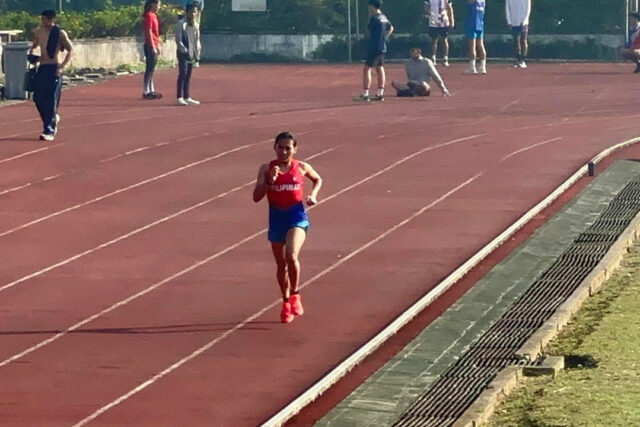(Second of two parts)
IN BRIEF:
• Philippine businesses must incorporate resilience in their strategies to navigate climate-related risk and leverage emerging opportunities.
• Leading organizations have ramped up efforts in the past years to improve their market positions, drive long-term value, and advance sustainability development in the country.
Due to escalating climate challenges, Philippine businesses must redefine resilience by navigating risks and capitalizing on emerging opportunities. The previous article explored the foundational principles of climate resilience, emphasizing the imperative for Philippine businesses to adapt and thrive amid climate threats. The discussion highlighted how understanding and managing both physical and transition risks are crucial, alongside strategic shifts towards sustainability that bolster growth and help secure a competitive advantage.
This article explores how leading companies are leveraging their proactive strategies to improve their market position and drive long-term value, as shared by these companies at the recently held SGV Knowledge Institute event, Climate Convergence: Actions Toward a Resilient Future.
ENERGY DEVELOPMENT CORP.: PROACTIVE RISK MANAGEMENT
EDC’s risk management strategies, born from firsthand experiences with climate-related disasters, illustrate the importance of preparedness and adaptive operations. Their structured approach not only safeguards against immediate risk but also builds a foundation for resilience, showcasing how businesses can thrive amid environmental uncertainty.
When Super Typhoon Yolanda hit EDC’s geothermal power plants in Leyte, it took the company four months to restore generation capacity. In response, the company invested over P350 million in resilience measures to typhoon-proof its Leyte plants. Concurrently, EDC reinforced its dedication to climate change mitigation by committing never to build, develop, or invest in coal-fired power plants. In addition, EDC launched the Net Zero Carbon Alliance framework that aims to help its partners achieve carbon neutrality.
JG SUMMIT HOLDINGS: SYSTEMATIC CLIMATE HAZARD MITIGATION
JG Summit Holdings, Inc.’s strategy to assess and enhance resilience against projected climate hazards showcases its approach to safeguarding assets. Specifically, it initiated a pragmatic strategy to progressively enhance resilience across its portfolio.
The conglomerate has also launched initiatives to integrate climate risk intelligence into its strategic businesses processes. Using a data-driven approach, it leverages the latest climate science and granular Philippine-specific data to thoroughly assess its facilities’ exposure to climate hazards.
Concurrently, the conglomerate conducts vulnerability assessments on selected business-critical facilities to evaluate its ability to withstand extreme weather events, shaping retrofitting strategies, refining maintenance protocols and emergency response plans, and establishing necessary backups and redundancies applicable across their portfolio. Central to these efforts is capability building, with significant investments in training risk managers to interpret and utilize climate data at scale.
STEELASIA MANUFACTURING CORP.: PIONEERING GREEN STEEL PRODUCTION
SteelAsia’s journey toward a net-zero future by 2050 demonstrates a transformative approach to decarbonization and managing transition risks. By integrating advanced technology and prioritizing the use of recycled materials, SteelAsia is reducing its carbon footprint and aligning itself with global demands for sustainable building materials.
These solutions include using recycled scrap steel and electric arc furnace (EAF) technology powered by renewable energy, allowing SteelAsia to reduce its emissions intensity (ton of CO2 produced per ton of steel) by 87% compared to the industry-standard Blast Furnace-Basic Oxygen Furnace method. By adopting the cleanest technologies and learning from global advances, SteelAsia has emerged as a global leader in green steel production, achieving one of the lowest emission rates in a traditionally hard-to-abate sector.
In addition to direct emissions reductions, avoiding the cycle of exporting scrap only to import finished products enables SteelAsia to significantly cut emissions along the entire supply chain and deliver steel to its customers more quickly and efficiently. Compared to global competitors, SteelAsia offers dual benefits: its locally produced green steel reduces customers’ embodied emissions and ensures shorter wait times.
NICKEL ASIA CORP.: REIMAGINING MINING WITH SUSTAINABILITY
NAC is actively enhancing its environmental protocols by adopting sustainable mining practices, such as obtaining Science Based Targets initiative (SBTi) certification and implementing comprehensive emission management strategies. These initiatives demonstrate NAC’s commitment to reducing its ecological footprint while maintaining profitability, setting a benchmark for sustainable practices in the mining sector.
It tackled one of mining’s main emissions source — fuel used in operations and mineral transport — by investing in low-emission technologies like hybrid excavators that improve fuel efficiency and cut fuel costs. These efforts will have reduced an estimated 35,000 tCO2e in Scope 1 and 2 emissions by 2025, merging sustainability with operational efficiency.
BDO UNIBANK: LEADING WITH SUSTAINABLE FINANCE
Through its Sustainable Finance Framework, BDO supports projects that offer environmental and social benefits, aligning investment with sustainable growth. This proactive approach addresses the financial aspects of climate resilience and emphasizes the financial sector’s role in fostering a sustainable future. Since 2010, its Sustainable Finance Desk under the Institutional Banking Group has financed projects that pursue energy efficiency, pollution prevention and control, and sustainable management of natural resources and land use.
In particular, BDO has directed a significant portion of its business lending — 34% — toward environmental and social projects. Its ASEAN sustainability bond program, the largest of its kind in the Philippines, raised P52.7 billion for 39 projects encompassing renewable energy, roads & basic infrastructure, affordable housing, food security, and other green and social initiatives. Additionally, BDO has issued $150 million worth of green bonds that finance seven renewable energy projects across wind, biomass, and hydro. More recently, BDO introduced a $100-million blue bond program, the first of its kind in the country, dedicated to financing projects that enhance bulk water supply and improve wastewater management.
SGV & CO.: WALKING THE TALK
SGV is at the forefront of managing its climate risks and spearheading solutions that empower its clients to enhance their management of climate risks and opportunities. The firm has taken decisive action to reduce its emissions, with a particular focus on power consumption, the primary source of its emissions.
By transitioning to renewable energy sources under the Department of Energy’s Green Energy Option Program (GEOP), the firm has made significant strides in cutting down emissions related to electricity. This program enables consumers to switch from conventional energy supplies to renewable sources.
The firm’s portfolio of initiatives includes producing thought leadership reports and articles on sustainability and relevant regulations surrounding it, as well as crafting the annual SGV Sustainability Report and Beyond the Bottom Line publications.
SGV has further strengthened its capability to confront climate-related challenges by establishing a robust climate risk advisory team composed of climate science, geology, and engineering professionals. This strategic development equips the firm to analyze projected climate hazards, develop localized climate hazard information, and perform in-depth vulnerability assessments across assets and portfolios — overcoming a major hurdle in crafting effective climate resilience strategies for its clientele.
ADVANCING THE PHILIPPINE SUSTAINABILITY JOURNEY
Today, Philippine companies are not only safeguarding their future — they are actively shaping the narrative of sustainable development. As we can see from the above examples, businesses, in close cooperation with government, are pivotal in steering the country toward a resilient, sustainable trajectory.
In a rapidly evolving business landscape, further shaped by the pressing imperatives of climate dynamics, trailblazing entities can offer blueprints for action. Through innovative approaches to the intertwined risks and opportunities of climate change, companies can find new ways to gain a competitive edge in an economy increasingly defined by sustainability.
This article is for general information only and is not a substitute for professional advice where the facts and circumstances warrant. The views and opinions expressed above are those of the author and do not necessarily represent the views of SGV & Co.
Bonar A. Laureto is a sustainability services principal of SGV & Co.

